The design and features in a home shouldn’t keep you or your loved one from living there for as long as possible. Fortunately, we’re well-versed in the use of adaptive living features and technology that improve safety without sacrificing style through universal design.
Universal design creates an environment where a home’s design and features won’t define whether a person can use the space or not. It affords someone the opportunity for independence and comfort while aging in place.
When Is It Time for a Universal Design Renovation?
Physical changes related to aging are, unfortunately, impossible to avoid. Although we certainly hope mobility, balance, or vision problems never develop, these health issues are much more likely to occur with age. Aging in place renovations will help you or your loved one ensure that the home is ready for these possible changes. What are the signs that a universal home renovation should occur sooner than later?
- Frequent loss of balance
- An increase in needing more effort to climb stairs, get up from the lying or sitting position, issues with carrying everyday items like laundry baskets, opening doors
- Avoiding using parts of the home that are now too challenging to access
- Frequently experiencing bumps and bruises around the house
- Increase in forgetfulness, like leaving the stove on or leaving doors unlocked or open
- Hearing and/or vision impairment
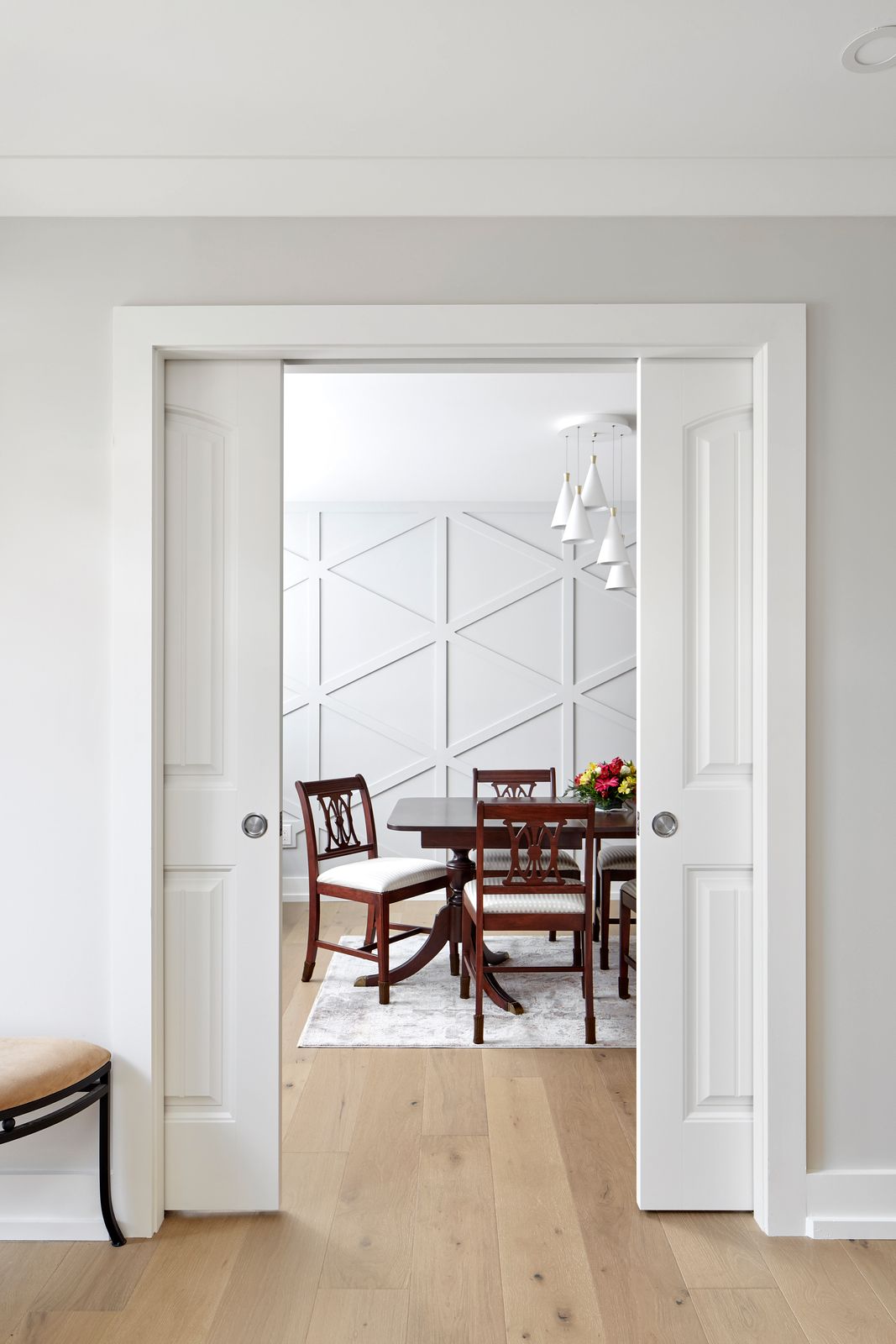
How We Approach Universal Design for Aging in Place Renovations on Your Terms
Aging in place is all about taking control over the limitations the home now poses by updating its features and layout. How do we assess what parts of the home need to be renovated to live more comfortably and safely? That’s where the Universal Design Principles come into play.
What Are the Universal Design Principles for Aging in Place Comfortably?
- Equitable Use: Make it a useful and appealing design for all
- Flexibility in Use: The design suits a wide range of abilities through adaptability
- Simple and Intuitive Use: Eliminate unnecessary complexity
- Perceptible Information: Make its use and operation clear to understand
- Tolerance for Error: Create fail safe features
- Low Physical Effort: Make its use efficient and comfortable
- Size and Space for Approach and Use: Make its use reachable and comfortable regardless of posture or mobility
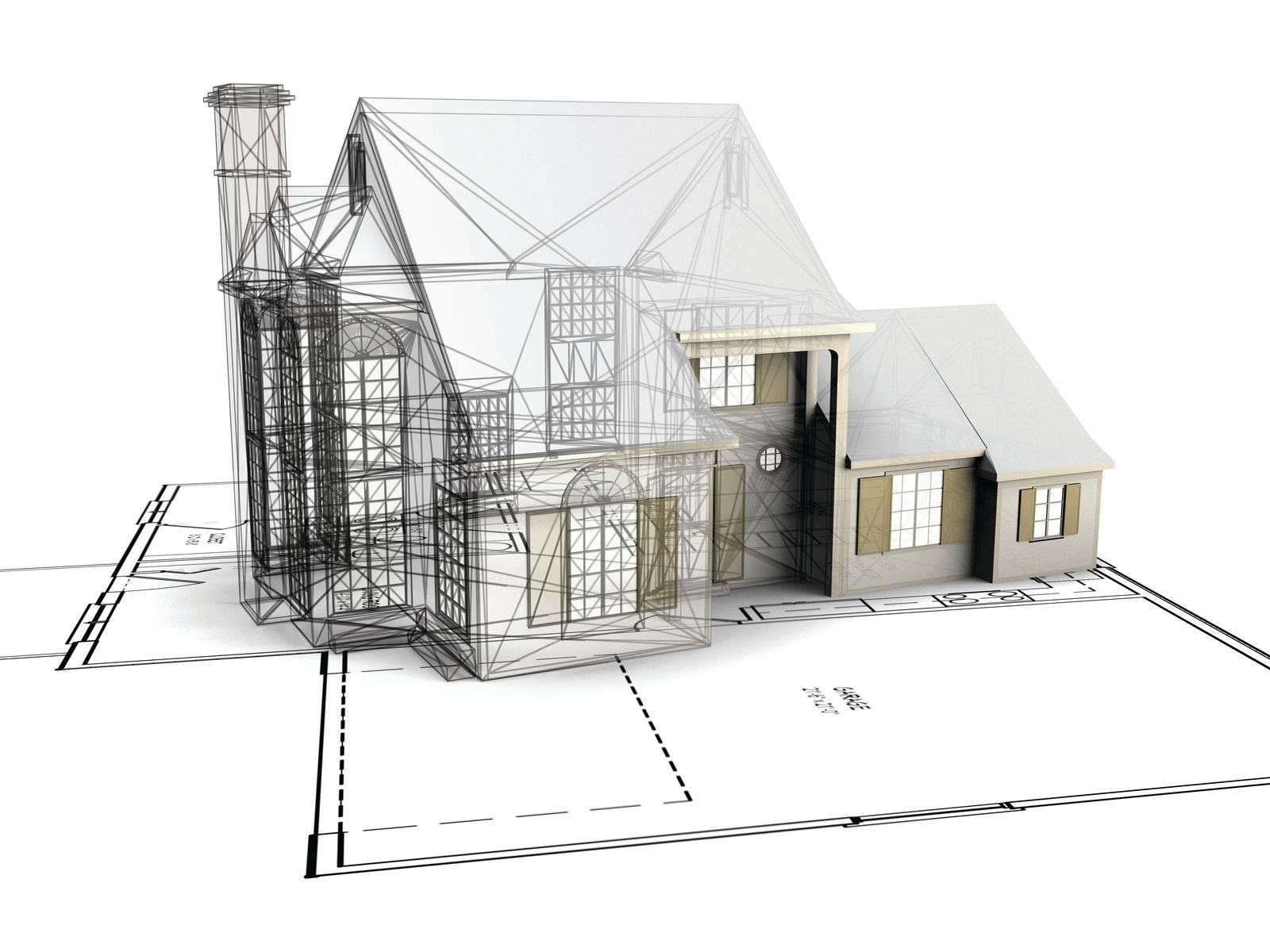
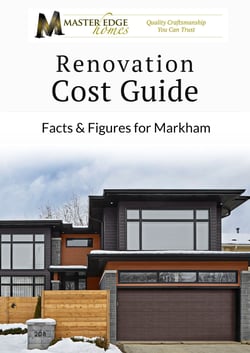
Download Our Complimentary Renovation Cost Guide E-book
Get instant access to renovation cost averages and pricing info for main floor renovations in the Markham area.
Our Strategy for Your Universal Renovation
Our certified Adaptiv Home Renovation Specialist is your best resource for the task. During the design phase, we’ll discuss adaptive living features we can incorporate into the renovation based on specific needs. A universal renovation isn’t all business and no fun, however, so we’re dedicated to also making the renovation about personal style and taste.
Where in the Home is Universal Design Ideas Most Useful?
Some rooms pose more of a challenge than others, so they tend to require more focus. Slips and falls, burns, inaccessible storage and use, and tight spaces are challenges that thoughtful design can overcome.
Aging in Place Kitchen Design Ideas
- Slip-proof flooring
- Motion-activated and anti-scald faucets
- Pull-down drawers in upper cabinets and pull-out drawers in lower cabinets
- Additional and task lighting with accessible buttons and flat switches or motion activation
- Multi-level lower cabinets that make it easier to work in the kitchen when seated
- Under-the-counter microwave
- Sinks that offer enough room underneath for a wheelchair
- Wider entryways and open space for wheelchair or walker use
- Motion or voice-activated soap dispensers
- Smart ovens that remember the settings for your favourite recipes and can be turned on or off remotely
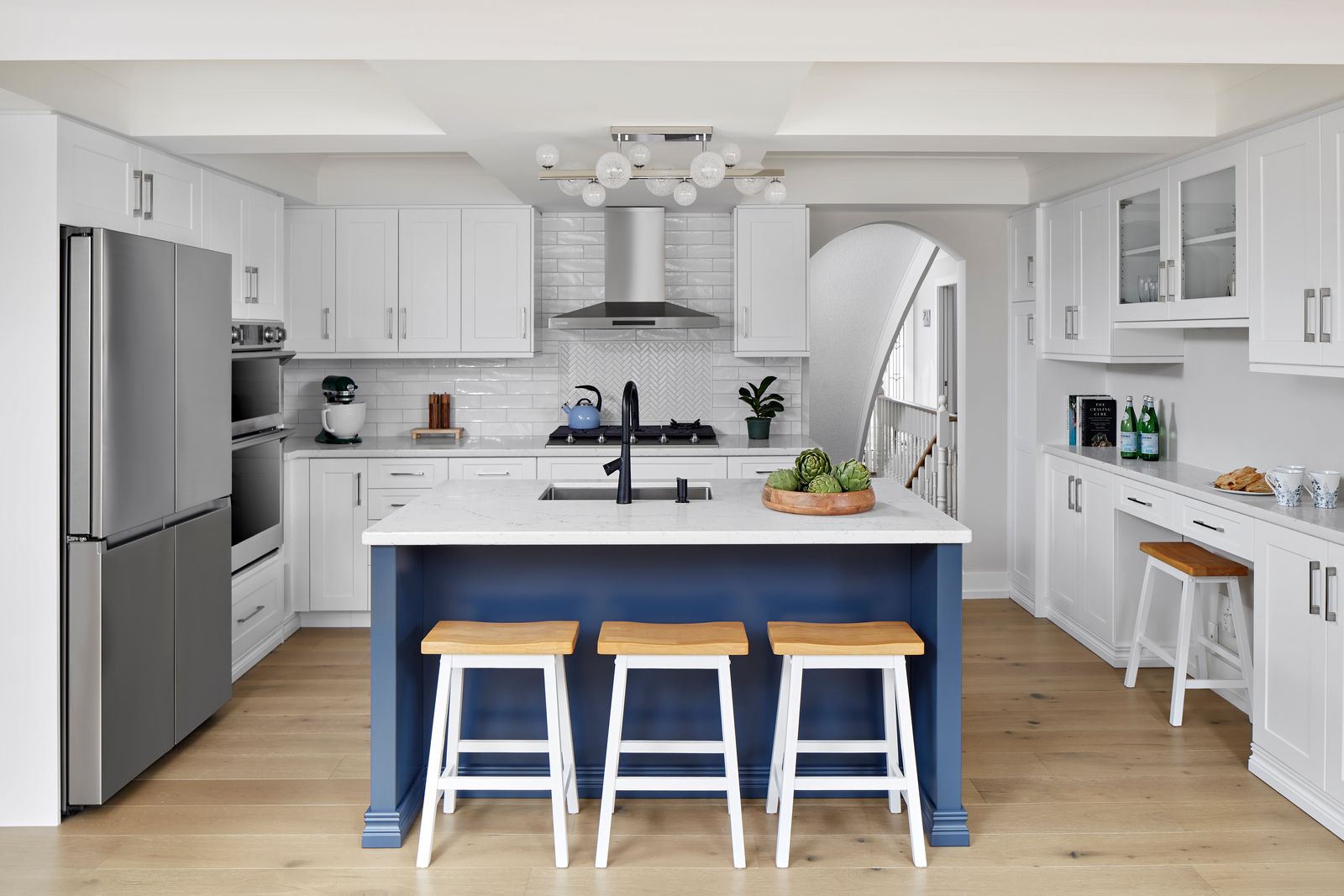
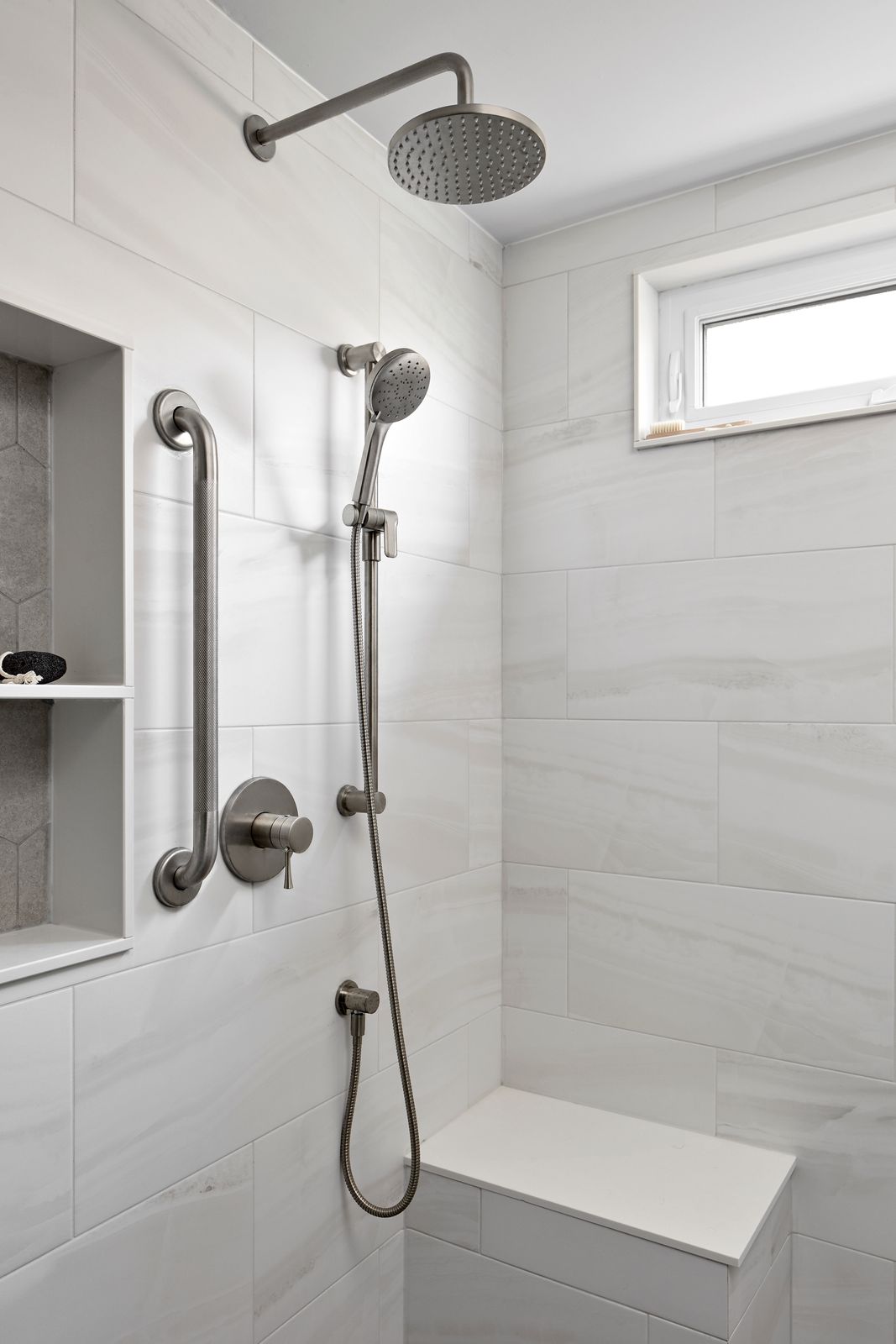
Bathroom Universal Design Ideas
- Curbless, walk-in or roll-in showers and walk-in bathtubs to prevent falls
- Shower seats
- Motion-activated lights and faucets
- Smart features that control shower temperature and allow you to turn your shower on/off remotely
- Grab bars
- Elevated toilets and bidets
- Self-cleaning toilets
- Additional task lighting with flat switches or easy-to-access buttons
- Wider bathroom doors
- Plenty of space for wheelchairs or walkers
- Wall-mounted floating vanities that allow more room for wheelchairs
- Varying counter heights
How Much Does a Universal Design Renovation Cost?
Adding adaptive living features may cost less than you think, thanks to a home accessibility tax credit. The credit is available to homeowners who are disabled or 65 or older. The cost will also depend on the level of renovation your home requires. Changing cosmetic details like flooring, adding grab bars, and changing plumbing fixtures will differ from structural changes, like widening hallways and doors. The best way to learn about costs is to complete our convenient online form.